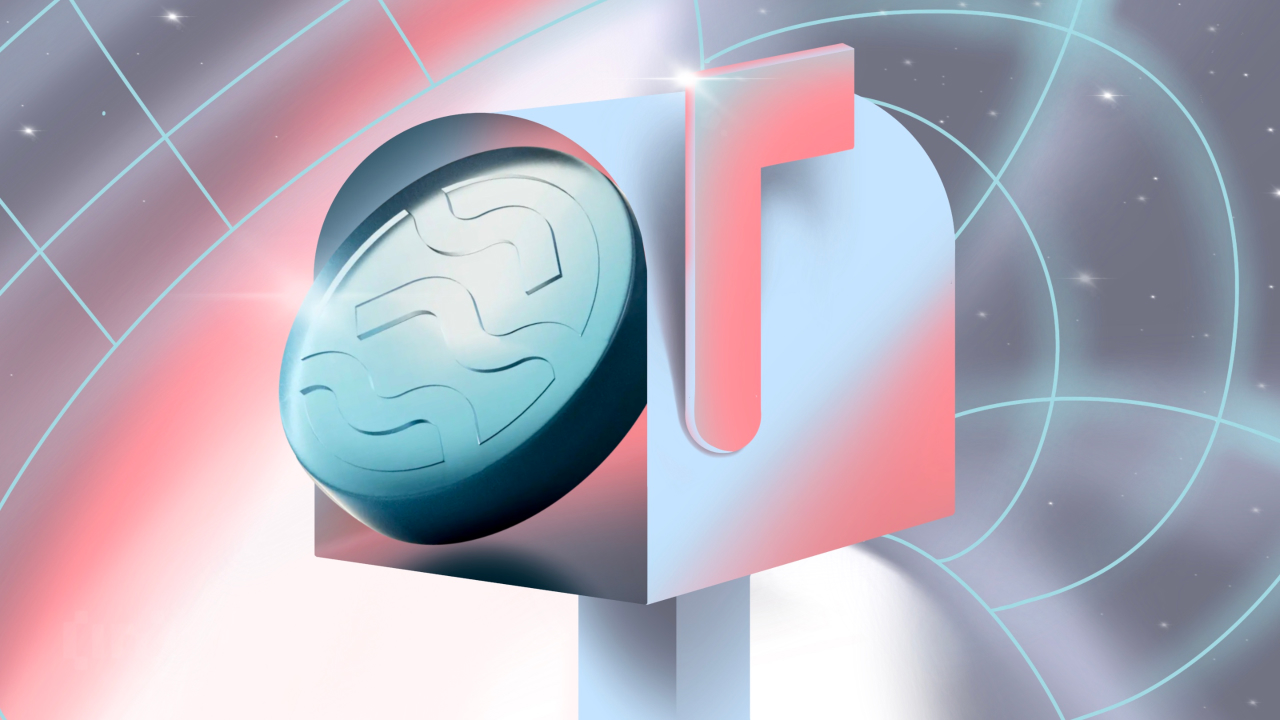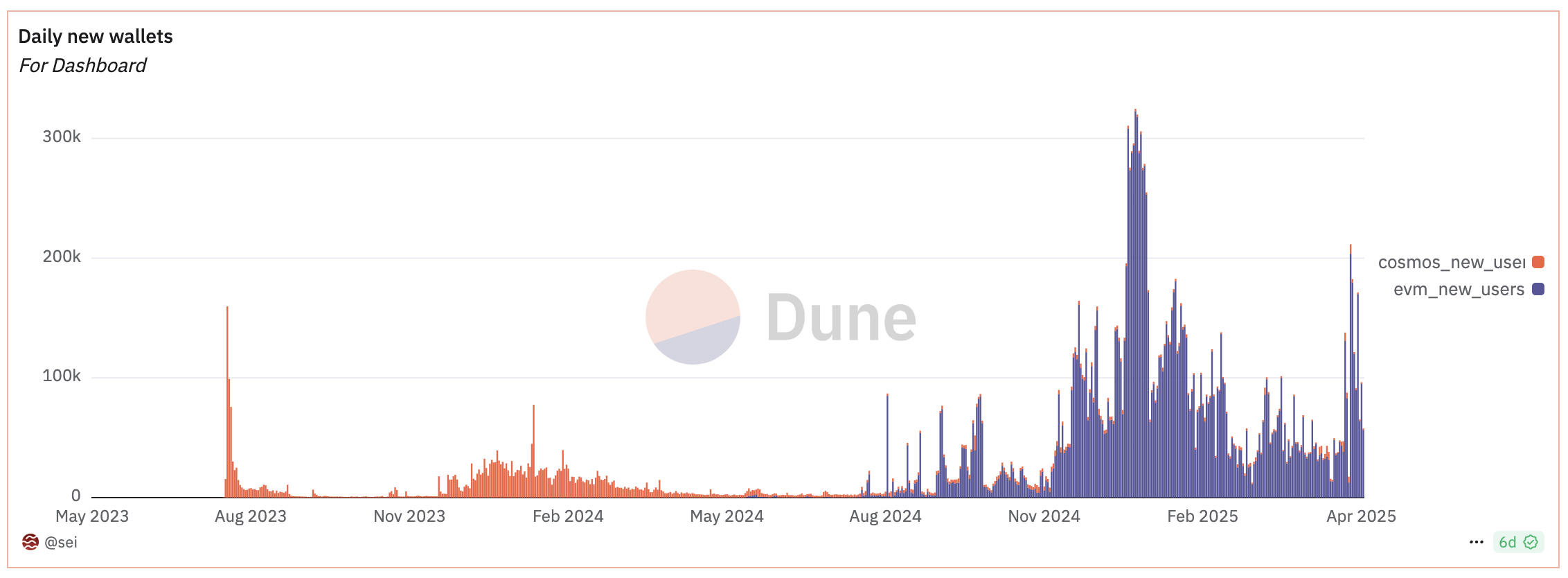Sei Labs Proposes Full Transition to EVM-Only Architecture with SIP-3
1
0

Sei Labs, the core development team behind the Sei (SEI), has submitted a proposal, SIP-3, to transition the network to an Ethereum Virtual Machine (EVM)-only model.
The proposal seeks to remove support for CosmWasm and native Cosmos transactions to focus solely on an EVM-based architecture. This shift aims to simplify Sei’s ecosystem and reduce the complexities of maintaining dual support for both EVM and Cosmos environments.
Sei Labs Pushes for EVM-Only Network
SIP-3 suggests that only EVM addresses can initiate transactions, and all future transactions should be EVM-exclusive. It seeks to phase out CosmWasm contracts and native Cosmos messaging.
However, essential features like staking and governance will remain available through precompiles.
“Moving to an EVM-only architecture will significantly simplify the Sei developer and user experience, reduce infrastructure overhead, and position Sei more strongly within the broader EVM ecosystem,” the proposal read.
Importantly, SIP-3 includes a three-phase approach to the EVM-only transition. The first phase focuses on creating EVM pointers. This ensures that all Cosmos and CosmWasm assets are accessible from the EVM side.
In the second phase, new CosmWasm deployments will be deprecated. Additionally, Cosmos-based inbound IBC transfers will be blocked. The final phase will involve disabling legacy interactions, removing support for CosmWasm contract execution, and transactions involving non-EVM addresses.
Phillip Su, Engineering Manager and Lead at Sei Labs, noted that a significant portion of the network activity is already EVM-based, justifying the decision to focus fully on this. The usage has surged since the launch of Sei v2.
 SEI EVM User Growth. Source: Dune
SEI EVM User Growth. Source: Dune
Sei Network introduced EVM support with Sei v2 in Q2 2024. The network’s performance has been impressive since then.
Su highlighted that it has reached over $500 million in Total Value Locked (TVL). Sei v2 has over 19.3 million total wallets, and a daily transaction volume surpassing 4.1 million. Additionally, the network boasts over 300,000 daily active addresses and hosts more than 200 projects on its mainnet.
While Sei has achieved notable growth, the dual architecture has introduced several challenges. It requires users to manage EVM and native addresses.
Additionally, the infrastructure requires custom logic for compatibility between the two ecosystems, placing extra burdens on node providers and developers. Maintaining cross-compatibility also increases codebase overhead. Therefore, this complicates debugging and testing. By focusing solely on EVM, Sei aims to eliminate these challenges.
“The proposed transition will lead to greater adoption, improved developer experience, and a more cohesive community. What excites me most is how this positions Sei to solve the EVM’s biggest limitation: performance at scale,” Su wrote.
However, the proposal outlined that users, developers, and infrastructure teams would need to make some changes to adapt. Teams that provide core services like RPC (Remote Procedure Call) and indexing must ensure their systems interact only with EVM APIs.
Users will need to migrate assets to EVM-native wallets or use bridging mechanisms. Lastly, application developers must port CosmWasm applications to EVM and ensure compatibility with EVM frontends. This shift will require significant effort, but it will also unlock the full potential of Sei’s EVM ecosystem.
While SIP 3 promises enhanced performance and adoption, its success will depend on the community’s ability to navigate migration challenges and the active participation and feedback of the Sei community.
1
0
 Manage all your crypto, NFT and DeFi from one place
Manage all your crypto, NFT and DeFi from one placeSecurely connect the portfolio you’re using to start.







